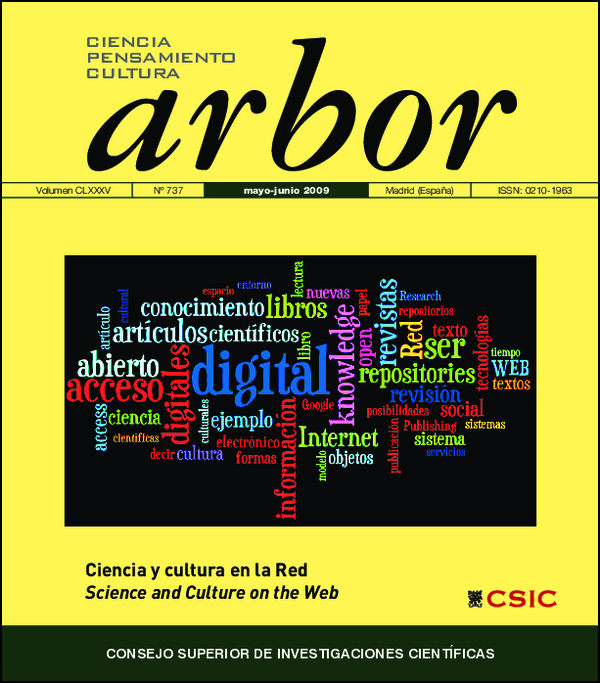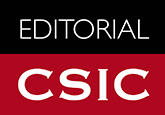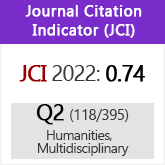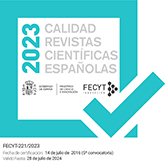La «cultura convergente» y la filosofía Web 2.0 en la reformulación de la comunicación científica en la era del ciberperiodismo
DOI:
https://doi.org/10.3989/arbor.2009.i737.318Palabras clave:
Periodismo científico, ciencia y sociedad, ciberperiodismo, cultura convergenteResumen
Internet ha modificado profundamente la relación que siempre ha existido entre el periodista y su fuente, la comunicación entre los propios científicos y entre la fuente científica y la sociedad. Ahora cualquier periodista, científico, blogger o curioso puede acceder sin problema a la web de la fuente científica. La propia fuente (por ejemplo, la NASA) se considera entonces un medio de comunicación de masas a todos los efectos. Debido a ello, muchos científicos comienzan a producir ciencia para alimentar a “su medio de comunicación”. La ciencia acepta la dictadura de la audiencia. En una disciplina tan internacional como la ciencia, el nuevo entorno cibernético lo ha cambiado todo. En este artículo se analizan estos cambios bajo la perspectiva del nuevo paradigma de la “cultura convergente” y del desarrollo creciente de la filosofía Web 2.0.
Descargas
Citas
Canga Larequi, Jesús (2001): “Periodismo e Internet: nuevo medio, vieja profesión”, Estudios sobre el mensaje periodístico, 7, 33-48.
De Semir, V.; Ribas, C. y Revuelta, G. (1998): “Press Releases of Science Journal Articles and Subsecuent Newspaper Stories on the Same Topic”, JAMA, 280, 294-5. doi:10.1001/jama.280.3.294 PMid:9676688
Dimitropoulou, Polyxeni et al. (2009): “Sexual activity and préstate cancer risk in men diagnosed at a younger age”, BJU International, 103 (2), 178-185. doi:10.1111/j.1464-410X.2008.08030.x PMid:19016689
Dolara, Piero et al. (1996): “Analgesisc effects of myrrh”, Nature, 397, 29-29. doi:10.1038/379029a0 PMid:8538737
Edo, Concha (2001): “Las incertidumbres del periodismo en Internet”, Ámbitos. Revista Internacional de Comunicación, 6, 51-62.
Elías, Carlos (2002): “Influencia de las revistas de impacto en el periodismo científico y en la ciencia actual”, Revista Española de Investigaciones Sociológicas, 98, 123-196.
Elías, Carlos (2008): La razón estrangulada. La crisis de la ciencia en la sociedad contemporánea, Debate, Barcelona.
Franco Álvarez, Guillermina (2005): “Una nueva forma de hacer periodismo gratuito: el weblog impreso QuéMadrid”, Ámbitos, Revista Internacional de Comunicación, 13-14, 177-184.
Güntürkün, Onur (2003): “Human behaviour: adult persistence of head-turning asymmetry”, Nature, 421, 711-711. doi:10.1038/421711a PMid:12610611
Hedman, Eric (2007): “The fragility and resilience of NASA”, The Space Revew (http://www.thespacereview.com/article/924/1).
Jenkins, Henry (2006): Convergence culture, New York Univerity Press, Nueva York (en 2008 ha salido la versión en español en Paidós).
Lévi, Pierre (1997): Collective Intelligence: Mankind’s Emerging world in Cyberspace, Perseus Book, Cambridge.
Lozano, Jorge (2008): “Cultura de masas/ Cultura alta: ¿Convergencia o transducción?”, conferencia en Congreso Septenio Canarias (recogida en www.septenio.es), La Palma.
Phillips, P. D.; Kanter, E.; Bednarczyk, B. y Tastad, P. (1991): “Importance of the lay press in the transmission of medical knowledge to the scientific community”, The New England Journal of Medicine, 325, 1180-1183.
Pollet, Thomas V. y Nettle, Daniel (2009): “Parter wealth predicts self-reported orgasm frequently in a sample of Chinese women”, Journal of Evolution and Human Behavior, 30 (2), 146-151. doi:10.1016/j.evolhumbehav.2008.11.002
Marques-Bonet, Tomas et al. (2008): “A burst of segmental duplications in the genome of the African great ape ancestor”, Nature Genetics, 457, 877- 881 (Letter).
Rosenzweig, R. (2003): “Scarcity or Abundance? Preserving the Past in a Digital Era”, American Historical Review, 108.
Toffler, Alvin (1980): La tercera ola, Plaza y Janés, Barcelona.
Ziman, John (1998): Real Science: what it is, and what it means, Cambridge University Press, Cambridge.
Descargas
Publicado
Cómo citar
Número
Sección
Licencia
Derechos de autor 2009 Consejo Superior de Investigaciones Científicas (CSIC)

Esta obra está bajo una licencia internacional Creative Commons Atribución 4.0.
© CSIC. Los originales publicados en las ediciones impresa y electrónica de esta Revista son propiedad del Consejo Superior de Investigaciones Científicas, siendo necesario citar la procedencia en cualquier reproducción parcial o total.Salvo indicación contraria, todos los contenidos de la edición electrónica se distribuyen bajo una licencia de uso y distribución “Creative Commons Reconocimiento 4.0 Internacional ” (CC BY 4.0). Puede consultar desde aquí la versión informativa y el texto legal de la licencia. Esta circunstancia ha de hacerse constar expresamente de esta forma cuando sea necesario.
No se autoriza el depósito en repositorios, páginas web personales o similares de cualquier otra versión distinta a la publicada por el editor.















